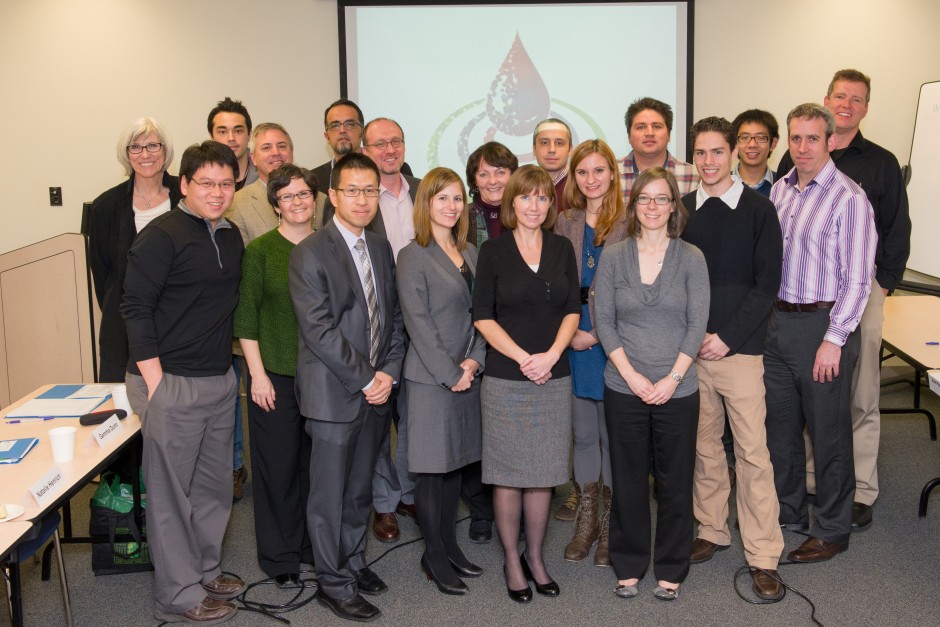It is often said, in reference to human health, that an ounce of prevention is worth a pound of cure. This adage rings equally true when we speak of ecosystems – particularly our freshwater supply. Canada’s watersheds are amongst our most important natural resources, providing drinking water for our population, as well as water for agricultural, industrial and recreational uses. The pressures of industry, population growth, environmental degradation, and changing land uses are threatening our watersheds; however, our current reactive model of water quality monitoring and assessment is neither effective nor sustainable. Recognizing this, the Canadian government and watershed stakeholders are adopting a new model of watershed stewardship called “source protection,” in which a variety of strategies are used to proactively ensure that Canadian watersheds remain healthy and pollution-free within a wider “Source-to-Tap” framework.
The Applied Metagenomics of the Watershed Microbiome research project proposes using the emerging technology of metagenomics, the study of environmental microbial communities, to develop two new tools to be included in Canada’s larger source protection toolbox.
The first tool will measure a panel of microbial markers to quantify the health of the ecosystem; it will be developed by comparing metagenomics-derived microbial fingerprints of healthy versus impacted watersheds. This Watershed Health Profile will output a numerical value that will be incorporated into the Canadian Water Quality Index, which can warn of potential threats to the various users of the watershed.
The second tool will be used to identify the specific source of fecal pollution in contaminated watersheds; it will be developed through matching the watershed microbial fingerprint to the fingerprints of animal or human feces. This Microbial Pollution Profile will be used by watershed managers as part of their pollution abatement and ongoing best practice monitoring efforts.
Source protection can save Canadians millions of dollars annually in downstream drinking water treatment and monitoring costs, but perhaps the greatest benefit of this new approach to watershed management is assuring the long-term sustainability of our watersheds and the ecosystems that surround them.
 Project Leaders
Project Leaders
Patrick Tang (University of British Columbia and Provincial Health Services Authority)
Judith Isaac-Renton (University of British Columbia and Provincial Health Services Authority)
Watch the project video, created by our interns Katia Truong and Julia Suen.
For more information on the project, please visit the following websites:

